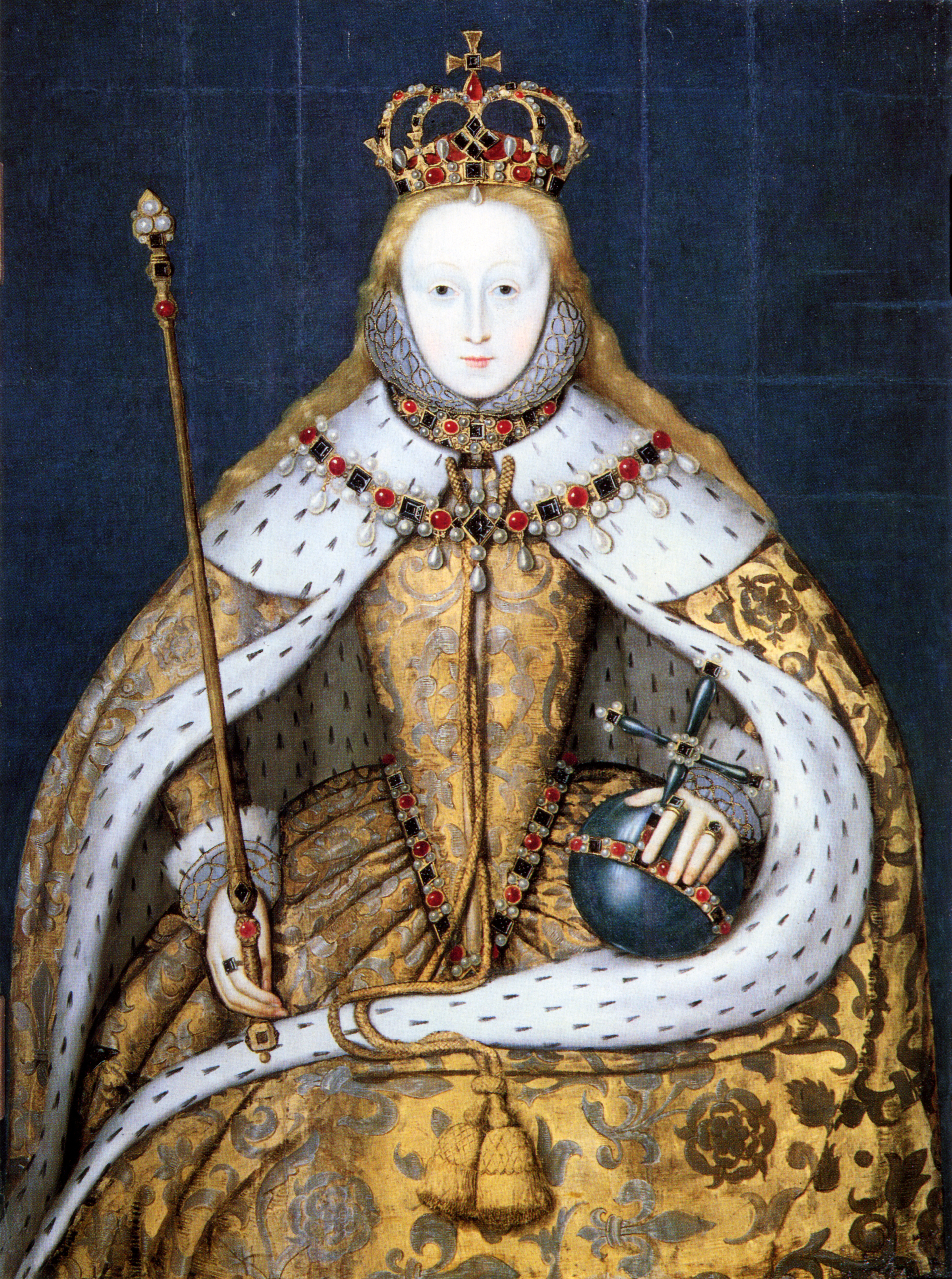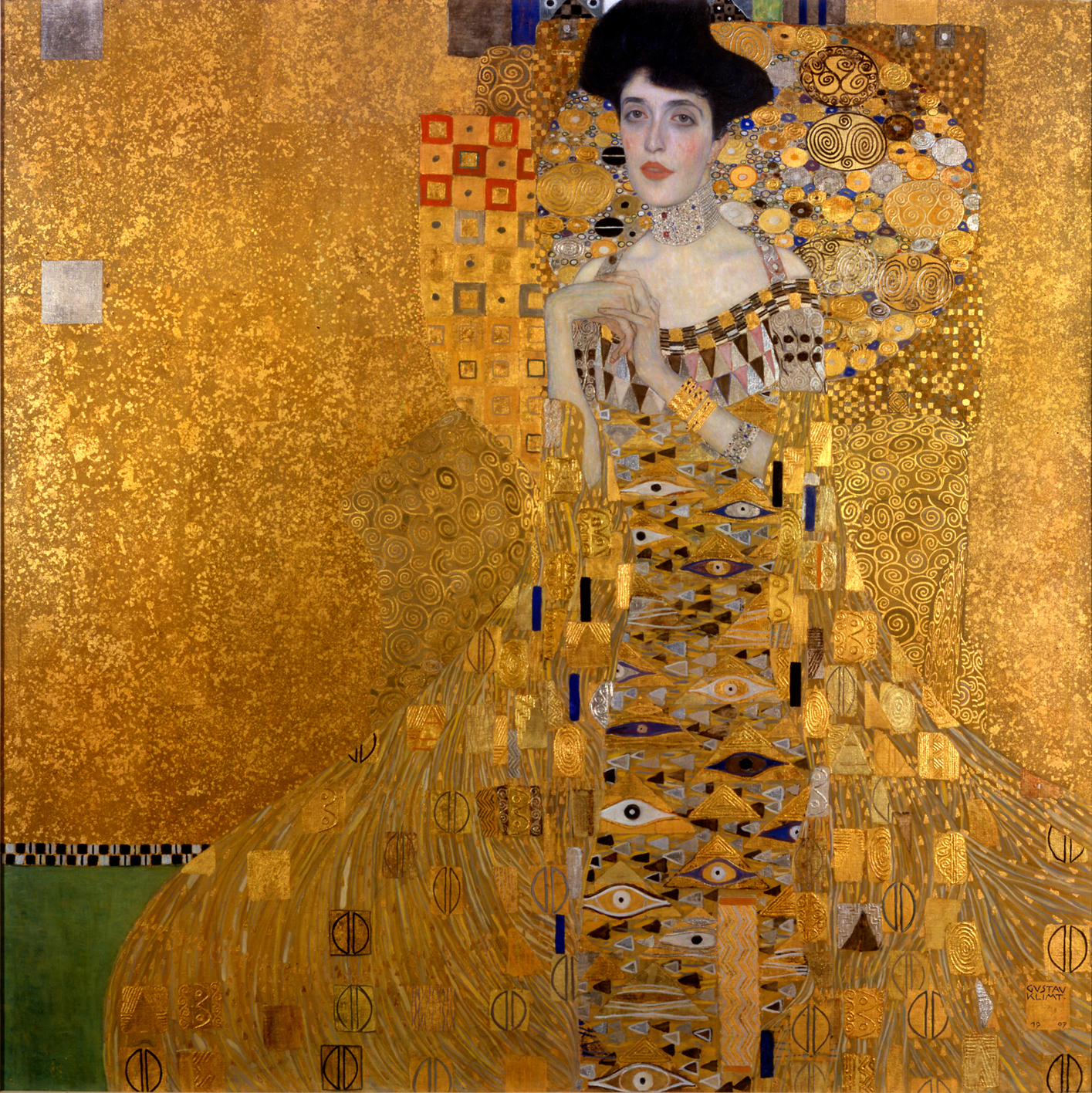
July 2021
Out West – The Overseas Student – Blue Water and Cold and Fresh – Go, Girl – Lyric Hammersmith – 7th July – *****
Rachel O’Riordan, the AD at the Lyric Hammersmith, might be as good if not better at programming plays as she is directing herself. And she is a mighty fine director. There has been no duds at the LH under her tenure and the current season, once again, is the equal of anything else in London. New plays, updated classics, revivals of lesser known works by contemporary greats, established and upcoming directors, deft casting, everything fits into place. The Tourist can vouch for Frantic Assembly’s Othello currently showing, and the forthcoming hilarious Accidental Death of an Anarchist which he had the very good fortune to catch at its open in Sheffield. And he has high hopes for the Nina Segal adaptation of Brecht’s Good Person of Szechwan also on loan from the City of Steel (pound for pound still the best place to catch theatre outside the Smoke).
Here was another great example. Three top drawer playwrights, Tanika Gupta, Simon Stephens and Roy Williams, all closely associated with the LH, contributed three new monologues, with very different styles , subjects and structures but all, one way or another, confronting questions of race, identity and belonging. Just the ticket for the post pandemic opening,
R O’R shared directing duties with Diane Page the 2021 JMK Award winner 9who then went on to, bravely, stage Athol Fugard’s Statements after an Arrest under the Immorality Act at the Orange Tree, of which more in a future post. Soutra Gilmour designed the common wooden ziggurat set, sound and composition came from Simon Slater and lighting was delivered by Jessica Hung Han Yun (who, at least when it comes to colour play, might just be the hottest designer around right now).
Tanika Gupta’s The Overseas Student reimagines Gandhi’s formative student years in Victorian England with Esh Alladi utterly convincing. Gandhi arrives with his own privilege, dressed for the Englishman part, and taking to English society and women with cheery gusto, even if he can’t find any vegetarian food. But he is still an outsider, the victim of not so casual racism, enduring prolonged spells of loneliness. TG’s script is more description than drama, and just a tad over-extended, but it still captivates. And scrupulously points out just how the economic exploitation of India, which powered Victorian capitalism, was constructed. Fuel for the Mahatma’s emerging consciousness.
Simon Stephens’ Blue Water and Cold and Fresh, was inspired by a series of conversations with collaborator Emmanuella Cole (who, wisely out turns out, jumped ship from the dreadful McKellen/Mathias Hamlet). Tom Mothersdale plays history teacher Jack addressing his late racist father, who, in the chilling denouement, simply could not hide his hatred of Jack’s black partner. As with SS’s Sea Wall monologue there is a degree of circumspect ambiguity at first, which suits TM’s earnest style perfectly, but this allows the tension to build as Jack vents his rage on his father and on his own white male privilege.
BD, who was pleased to come along for the ride, was most taken with Roy Williams’ Go, Girl however, a celebratory story of Black female empowerment and everyday heroism. RW is just really good at writing immediate dialogue for powerful characters. Ayesha Antoine plays Donna, a security guard and proud single Mum, funny, sassy, positive, who picks a beef with a contemporary at school, who is now a famous photographer, who Donna feels misrepresented the day her class met Michele Obama. But just when we look for conflict RW deftly swerves into a feel-good story about Donna and her daughter. It doesn’t all have to be doom and gloom see.
Turner’s Modern World – Tate Britain – 4th July – *****
Unsurprisingly the Tate was able to wheel out the big guns for this blockbuster. After all the great man himself bequeathed his work to the nation (after a bit of a tussle over the will I gather). It remains the biggest ever donation to the National Gallery though most of the permanent displays are now in the Clore Gallery at Tate Britain itself. A few choice loans, (with one notable exception), as well as work from his contemporaries and a detailed timeline, created a completist fever dream of JWMT’s engagement with a changing world. Admittedly the idea, political and technological advances, forged from the white heat of Enlightenment, could be stretched to include just about anything with so prolific, and reclusive, an artist, but, hey it’s Turner, so who cares. There are stark messages, not least in the painting most conspicuous by its absence, but it isn’t always clear if JWMT was driven by political conscience or artistic licence.
Mind you Slave Ship (Slavers Throwing Overboard the Dead and Dying, Typhoon Coming On), which was too frail to be transported from Boston Museum of Fine Arts, is horrifying even in reproduction. Slavery might, by 1840, have been, at least in legal theory, abolished, but JWMT still determined to show the evil of the Zong massacre from 60 years earlier. 130 slaves were thrown overboard to save on water. The slave owners made an insurance claim on their “cargo”. The law and a jury found for the slavers though this was overturned by the Court of Appeal and the case, albeit slowly at first, fuelled the abolitionist cause. Of course the irony is that JWMT was himself an investor in a plantation and there is no clear evidence that this was his apology.
Whilst there is much to be gained from understanding the context and content of Turner’s paintings and drawings, which we, BUD, KCK and the SO, very much did, ultimately this bad boy is all about the light. Obviously he had most fun when sea, smoke, spray, clouds, fire, sunrise or sunset were on the agenda, and it is the famous, large, almost abstract, canvases that still wow the most, let us call it the Turner reverie. But the Tourist has a fondness for the more smaller, less Sturm und Drang landscapes, especially those captured in watercolour. Not too many make the cut here given the exhibition’s dubious concept but there was still more than enough of interest.
Thomas Becket: Murder and the Making of a Saint – British Museum – 20th July – ****
Had been keen to get along to this after it re-opened and finally managed to carve out a suitable slot for MS, who else, and I to make the pilgrimage (see what I did there). Our interest was primarily historical and cultural; TB’s murder and its subsequent impact across the Christian world was a big deal, but we were unprepared for the some of the aesthetic beauties revealed herein. 29th December 1170, 4 knights, under instruction from Henry II, raid Canterbury Cathedral and, not entirely intentionally, hack to death its uppity Archbishop incumbent. TB, born to a middling family, became Henry II’s chief confidante after a meteoric rise but, after he was surprisingly installed as England’s chief cleric, they fell out big time. TB sought to assert the primacy of the Church, and its ecclesiastical privileges, over the Crown. Cue exiles, legal wranglings, appeals to Rome, the murder, sainthood, which suited the Pope, just 3 years later, and a martyrdom that resonated loudly across the centuries, through the Reformation, even to this day, despite Henry VIII doing his best to erase TB’s legend. (Note to a future, albeit unlikely, King Henry. Beware a PM called Tom from humble beginnings).
The celebrity cult, for that is what it become as TB was ascribed miraculous, and, for the seller, profitable, powers, was the, often gruesome, inspiration for exquisite stained glass (notably four segments from Canterbury itself), illuminated manuscripts (including the Alfege Psalter from Corpus Christi Cambridge) and, especially, reliquary caskets, which the curators have painstakingly assembled. If you like, and we most certainly do, the Medieval art that preceded the “Renaissance”, you would have loved this. If you are a history buff you would have loved this. If you are interested in how “culture” is formed and spreads, in an era before the printing press, you would have loved this. And if all you care about is picture book stories, including a miraculous knob restoration for one Eilward thanks to TB, and why not, then take your pick.
It’s not like the exhibition rams all this down your throat but in the relatively confined space (one of the reasons I like the exhibitions here), lucid text and multiple visual cues combine making for short and sharp, but nonetheless, deep, learning. The Church came out victorious in this clash of authority with Henry II having to make very public penance but what is also clear is how much the people venerated TB, not just because of the injustice of his gory end, but also as a symbol of their ultimate authority over their rulers. Remember it is pilgrims on the way to TB’s shrine which brought out the best in one G. Chaucer.
As is happens consent and co-operation in rural England in the Late Middle Ages system of justice is MS’s specialism so Dad was able to annoy with a few numpty questions. Hard then to think of a more magical trip out.
Best of the rest
BD was chaperone for the other events of note this month. A couple of exhibitions. And a comedy caper.
Mohamed Bourouissa‘s ungainly titled HARa!!!!!!hAaaRAAAAA!!!!!hHAaA!!! at Goldsmiths CCA (****). M. Bourouissa is an Algerian artist now based in Paris who uses photography, video, sound and other media to create installations which explore power relationships in contemporary societies with more than a nod to art history. Telegraph readers look away now. Plainly a very clever chap he claims his art is not political. Well if so I would love to see what he would get up to if he took an activist turn. By immersing himself in the marginalised communities he describes he makes telling points about capitalism and exchange, history and colonial legacy, identity, race and inequality within the context of arresting ideas and imagery. Horse Day from 2014 tells the story of a Black community in North Philadelphia where M. Bourouissa orchestrated and documented a kind of urban horse fair. The exhibition title references the call drug dealers’ lookouts make in Marseilles to warn of any approaching police presence, which M. Bourouissa has turned into a burst of distorted sound. Temps Mort (2008) tracks the artist’s lyrical smartphone exchanges with an incarcerated friend, Peripheries (2006) recasts Parisian banlieue street life post the 2005 riots into Delacroix-esque posed tableaux, Shoplifters (2014) shows the demeaning photos a NYC shopkeeper took in return for not reporting the subjects to the police . You get the picture. Except you won’t if you never see it.
James Barnor: Accra/London: A Retrospective at the Serpentine Galleries North (****) surveyed the British-Ghanaian’s studio portraiture, photojournalism and editorial commissions over six decades to build a picture of cultural life in Accra and African diaspora London pre and post independence. No little glamour on show as well to set alongside the social commentary.
The Three Musketeers: A Comedy Adventure from physical theatre company Le Navet Bete at the Rose Kingston (***) wasn’t particularly surprising or innovative as the genre goes but if you want something easy on the old noggin with plenty of chuckles if not bellyaches, then this is just the ticket. There is a joy in physical comedy theatre that stems not just from story, performance and spectacle but from seeing how a team of, in this case four, talents combine text, set, props, movement and, notably, timing to create an entertainment. Nick Bunt, Al Dunn and Matt Freeman are the founders of LNB (based in at the Northcott in Exeter – yeh!!) and here they have combined with John Nicholson from peers Peepolykus (The Hound of the Baskervilles, The Massive Tragedy of Madame Bovary). There have a few shows touring as we speak, Treasure Island, Dracula, Extravaganza, so if they come your way don’t hesitate. If only to support those who put more in than they take out, what with all the education outreach work they do, and plainly toil for love and pleasure and not for money.
Almeida Theatre A Midsummer Night's Dream Anton Chekhov Arcola Theatre Arthur Miller Barbican Hall Barbican Theatre Beethoven Ben and Max Ringham Benjamin Britten Bridge Theatre Britten Sinfonia Caryl Churchill Chloe Lamford Dmitry Shostakovich Donmar Warehouse Hampstead Theatre Harold Pinter Theatre Henrik Ibsen Igor Stravinsky Ivo van Hove JS Bach Kings Place Lizzie Clachlan London Symphony Orchestra Lyric Hammersmith Max Pappenheim Mozart National Theatre Nick Hytner Old Vic Orange Tree Theatre Park Theatre Rose Theatre Kingston Royal Court Theatre Royal Festival Hall Southwark Playhouse Soutra Gilmour Steve Reich Tate Britain Tate Modern Thomas Ades Wigmore Hall William Shakespeare Young Vic









